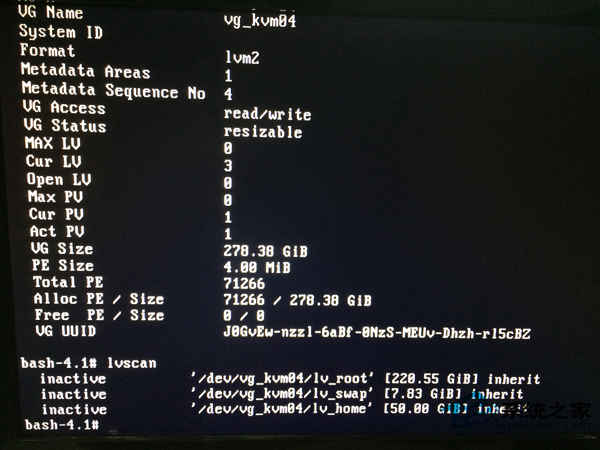萬盛學電腦網 >> Linux教程 >> Linux系統中head命令實例詳解
Linux系統中head命令實例詳解
當我們需要查看文件的頭部的時候,就要用到head命令,head命令主要用來查看文件前幾行或多少字節的內容,下面隨小編一起來了解下Linux下head命令的用法吧。

1.命令格式:
head [參數]。。. [文件]。。.
2.命令功能:
head 用來顯示檔案的開頭至標准輸出中,默認head命令打印其相應文件的開頭10行。
3.命令參數:
-q 隱藏文件名
-v 顯示文件名
-c《字節》 顯示字節數
-n《行數》 顯示的行數
4.使用實例:
實例1:顯示文件的前n行
命令:
head -n 5 log2014.log
輸出:
[root@localhost test]# cat log2014.log
2014-01
2014-02
2014-03
2014-04
2014-05
2014-06
2014-07
2014-08
2014-09
2014-10
2014-11
2014-12
==============================
[root@localhost test]# head -n 5 log2014.log
2014-01
2014-02
2014-03
2014-04
2014-05[root@localhost test]#
實例2:顯示文件前n個字節
命令:
head -c 20 log2014.log
輸出:
[root@localhost test]# head -c 20 log2014.log
2014-01
2014-02
2014
[root@localhost test]#
實例3:文件的除了最後n個字節以外的內容
命令:
head -c -32 log2014.log
輸出:
[root@localhost test]# head -c -32 log2014.log
2014-01
2014-02
2014-03
2014-04
2014-05
2014-06
2014-07
2014-08
2014-09
2014-10
2014-11
2014-12[root@localhost test]#
實例4:輸出文件除了最後n行的全部內容
命令:
head -n -6 log2014.log
輸出:
[root@localhost test]# head -n -6 log2014.log
2014-01
2014-02
2014-03
2014-04
2014-05
2014-06
2014-07[root@localhost test]#
上面就是Linux下head命令的用法介紹了,head命令只可用於查看前一部分的內容,不能用於查看所有行的內容,你學會了嗎?



